iPhone 13 — what Apple needs to beat Samsung Galaxy S21
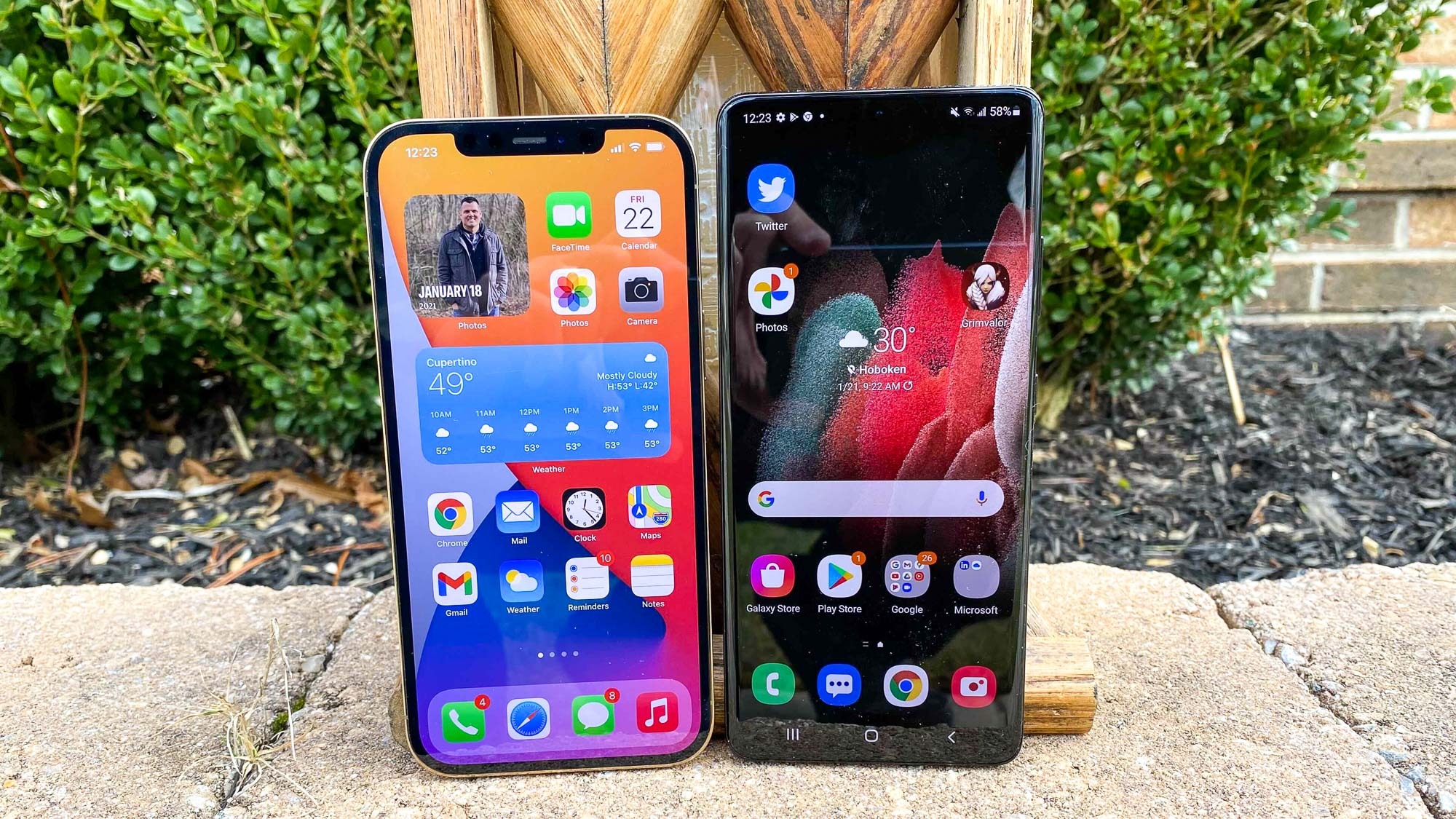
The new Samsung Galaxy S21 and Galaxy S21 Ultra are very impressive, from their dynamic AMOLED displays and powerful zooms to their sleeker designs. In fact, Samsung's new flagships outshine the iPhone 12 in some ways.
It's too late for Apple to do anything about how the iPhone 12 stacks up, so our attention turns to the iPhone 13, which we assume will launch this September. There are several rumors already of its specs and design, and some of them are exactly what Apple needs in order to rule our best phone list.
While just running iOS may be enough to sell some people on the iPhone 13, others will be looking closely at the hardware and specs to see how it and the Galaxy S21 match up. Here are the key areas where the iPhone 13 needs to improve, and what it needs to succeed.
A 120Hz display for the iPhone 13 (finally)
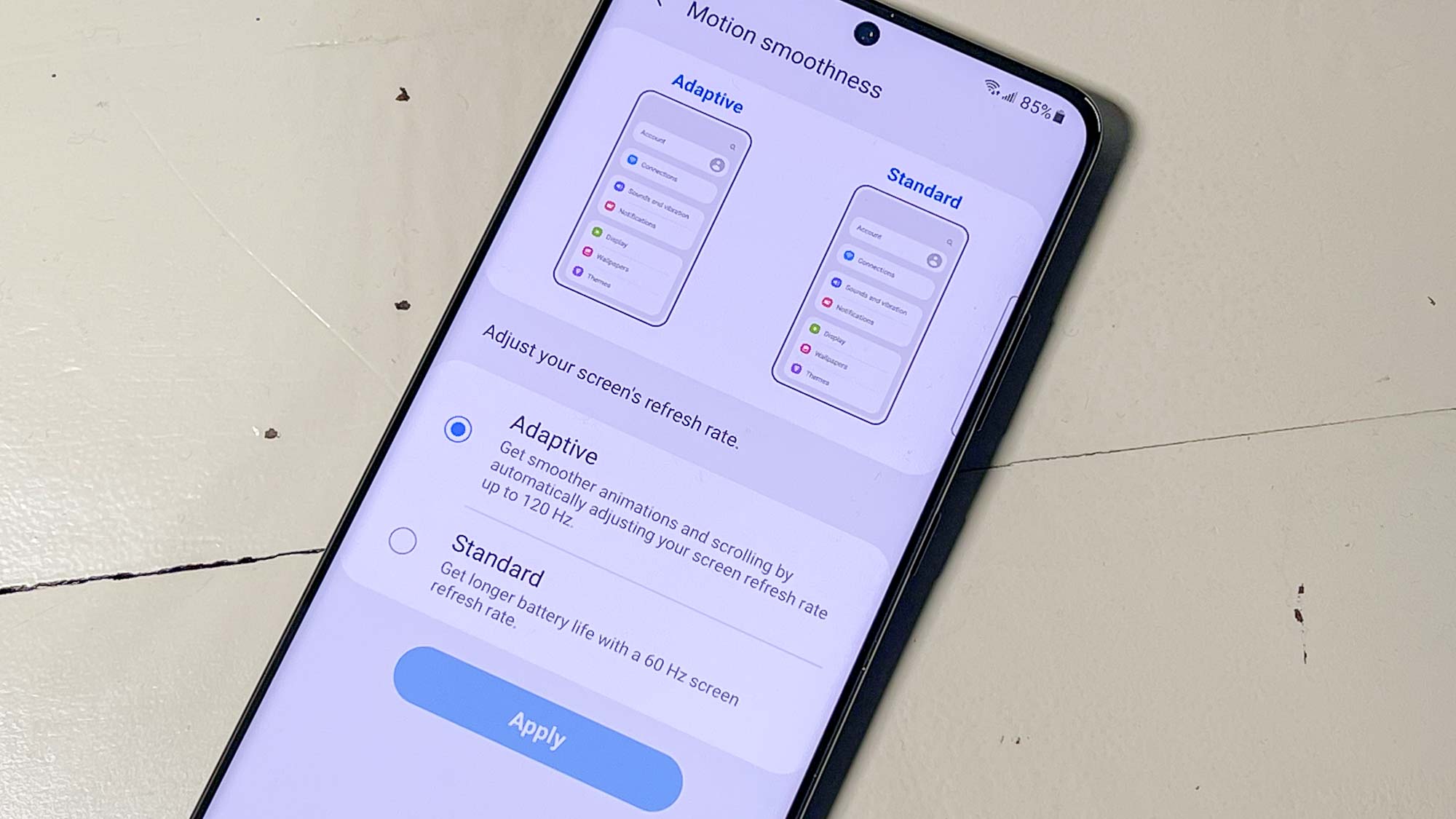
It's hard to describe how a 120Hz display feels to someone who's not tried one, but it makes scrolling through menus, social media feeds and webpages feel much smoother. Both the Galaxy S21 and S21 Ultra feature dynamic 120Hz displays, which means that the refresh rate dials down based on the content on screen.
The S21 ranges from 48Hz to 120Hz, while the S21 Ultra goes from 10Hz to 120Hz. Meanwhile, all four iPhone 12 remain stuck at 60Hz.
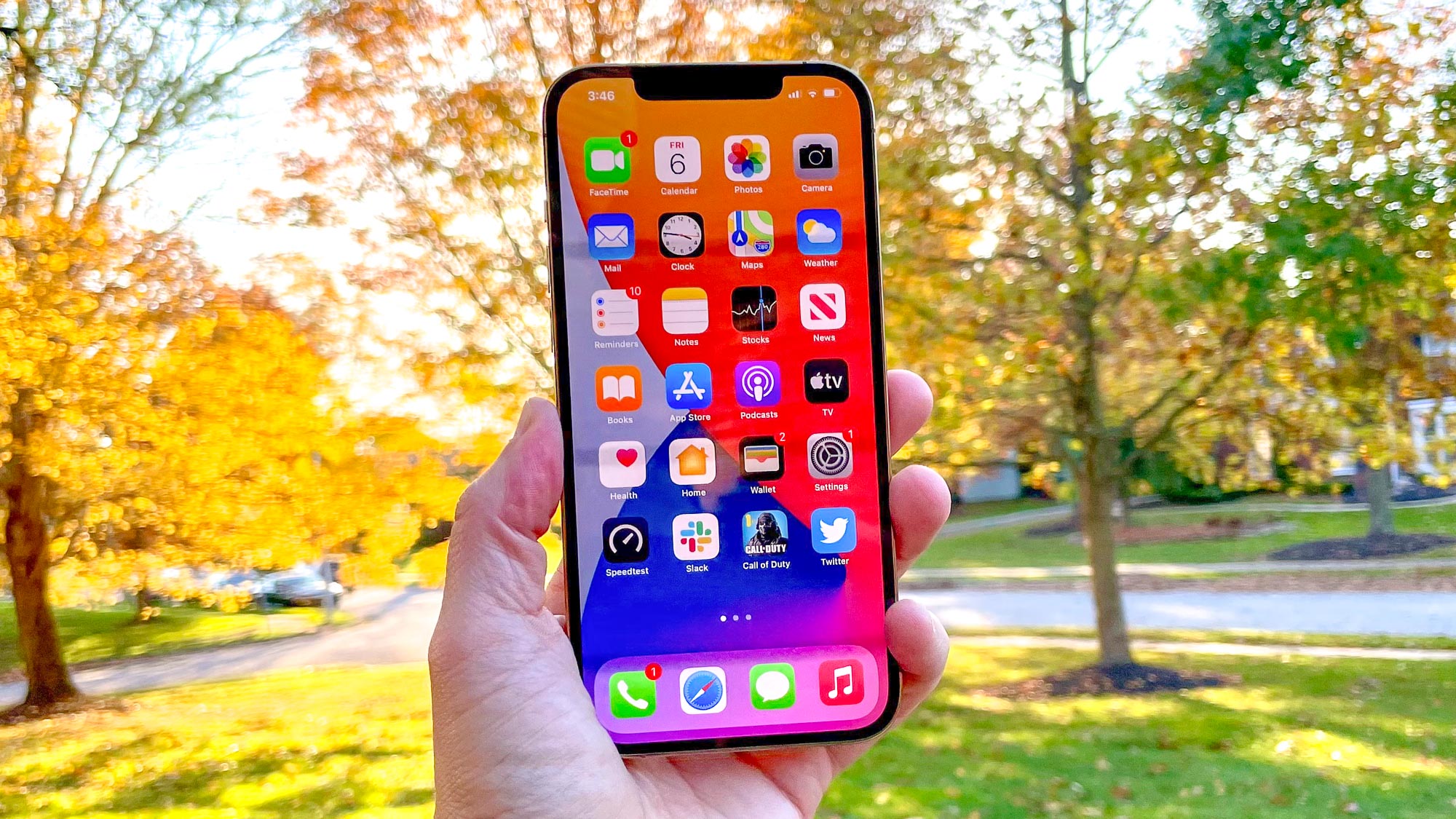
The good news is that the iPhone 13 is rumored to feature a 120Hz display leveraging the same type of LTPO technology that enables the Galaxy S21 series screens to be dynamic. Apple already offers a 120Hz panel on the iPad Pro, though it doesn't dynamically adjust its refresh rate.
A smaller notch

Apple's iPhone displays have had a big weakness with the amount of space that's eaten up by the notch, which contains the selfie camera and Face ID sensors. Although the S21 series uses a less-sophisticated under-display fingerprint sensor, it allows Samsung to keep all the display usable, aside from a small central punch-hole for its front camera.
Get instant access to breaking news, the hottest reviews, great deals and helpful tips.
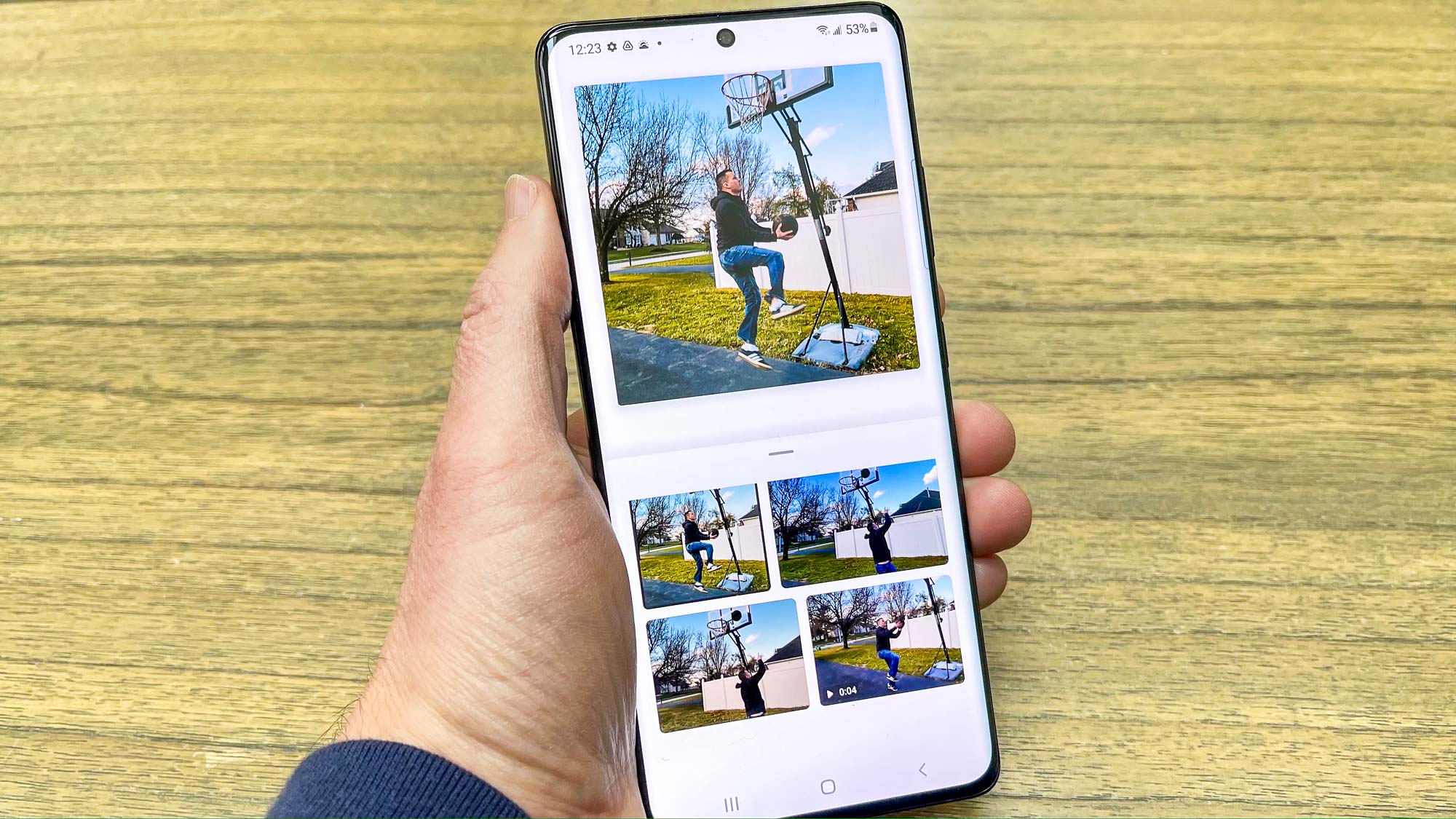
Apple won't abandon Face ID. However, it needs to make the notch less intrusive while still offering facial recognition features. Happily, there are leaks that show that the iPhone 13 is shrinking the notch, thanks to a combined infrared projector/sensor.
Under-display Touch ID

Even though there are high hopes for the Covid-19 vaccines, people will be continuing to use masks in public for the foreseeable future. And that's why the in-screen fingerprint sensor for the iPhone 13 is so important — the iPhone's Face ID doesn't recognize people wearing masks.
We have high hopes that this will happen thanks to predictions from analysts, and more tangibly because of the 4th generation iPad Air, which has a Touch ID sensor built into its power button. As much as we trust the experts, the iPad Air is proof that Apple still sees fingerprint scanners as having a place in its modern mobile device lineup.
An under-display sensor would be the easiest option for users, and would match the legions of Android phones that already have this feature. For example, the Galaxy S21 series has a 1.7 times larger sensor than its predecessor, which makes the phones easier to unlock.
Bigger zoom camera for iPhone 13 Pro
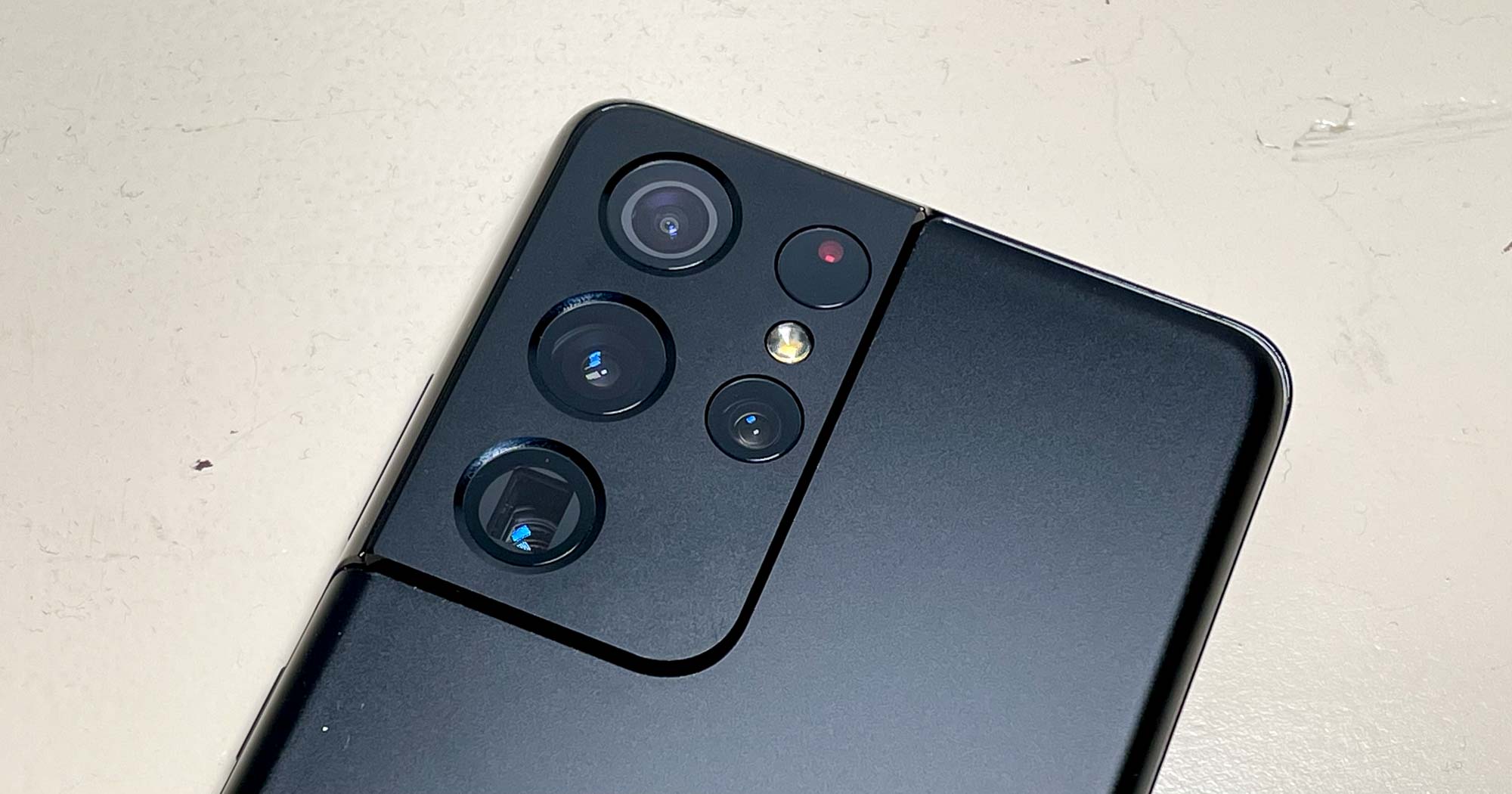
The 100x "Space Zoom" telephoto camera on the Galaxy S21 Ultra can produce some stunning images. In comparison, the 12x maximum digital zoom on the iPhone 12 Pro Max looks anemic. Even looking at purely optical magnification, the S21 Ultra's 10x zoom crushes the 2.5x zoom on the 12 Pro Max.
The regular Galaxy S21 and Galaxy S21 Plus are capable of 30x digital zoom and a hybrid optic 3x zoom.
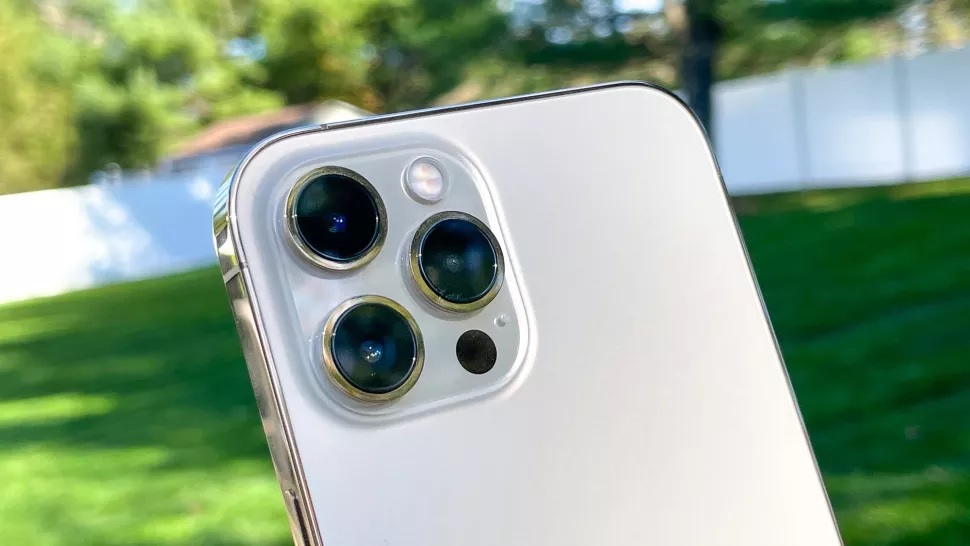
One challenge that the iPhone 13 faces in trying to beat this is that the Galaxy S21 uses a periscope lens for its 10x optical zoom camera, a mechanism that allows greater magnification while keeping the lens size to a minimum. Apple isn't expected to introduce a periscope camera until the iPhone 14, which would push back that feature until 2022. So as much as we want the iPhone 13 to introduce a new high-powered lens, the result will likely not match up to Samsung's even if Apple does upgrade its telephoto camera.
Faster 5G speeds
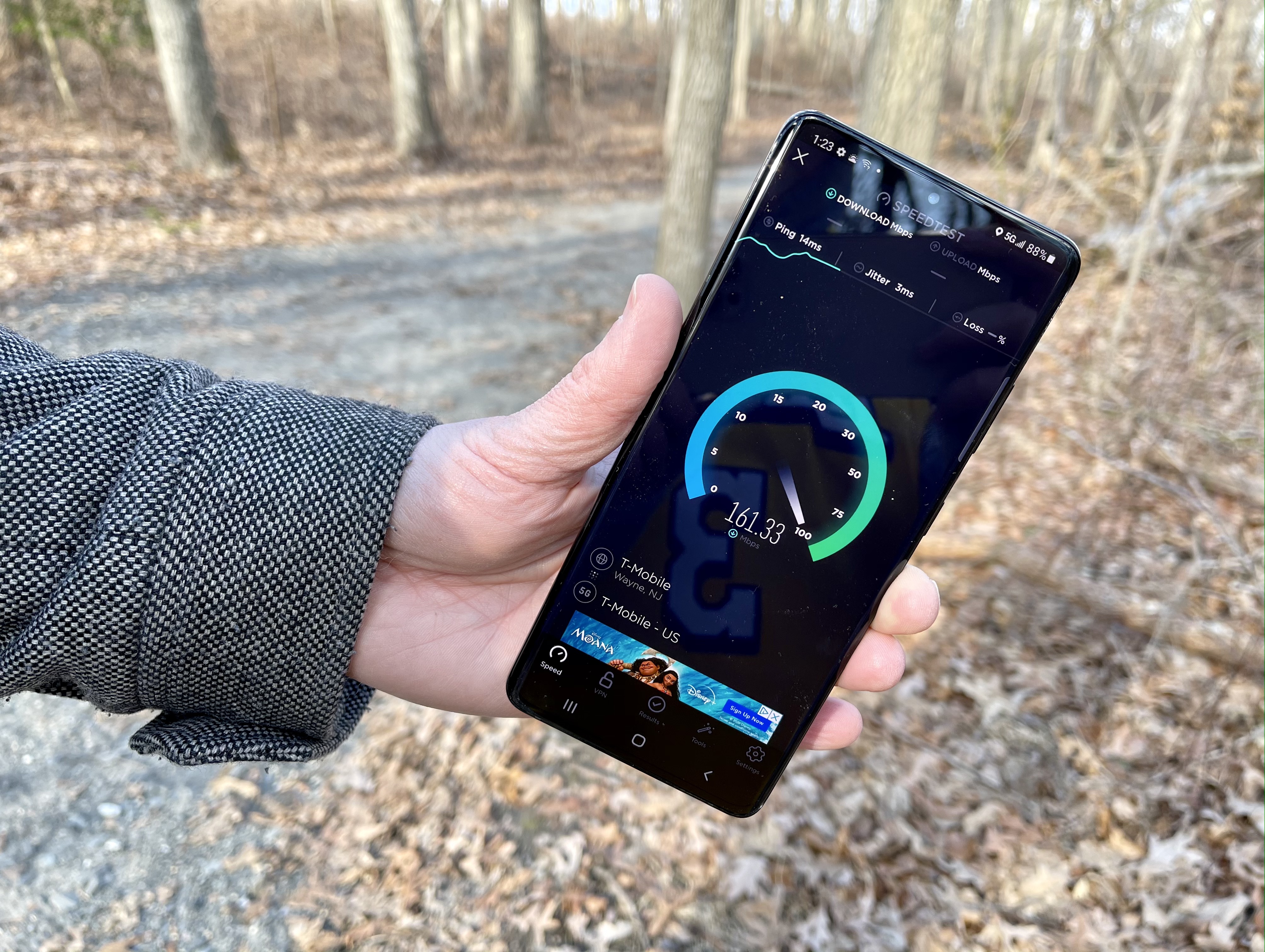
High-speed 5G is only going to become more important over the next few years, and currently the Galaxy S21 Ultra is the speediest phone around, capable of hitting 3 Gbps download speeds, at least under perfectly ideal circumstances. That's bad news for Apple.
Even in everyday use, we saw that the Galaxy S21 Ultra beat the iPhone 12 on 5G speed using both AT&T's network and T-Mobile's network. And it all comes down to the modem.
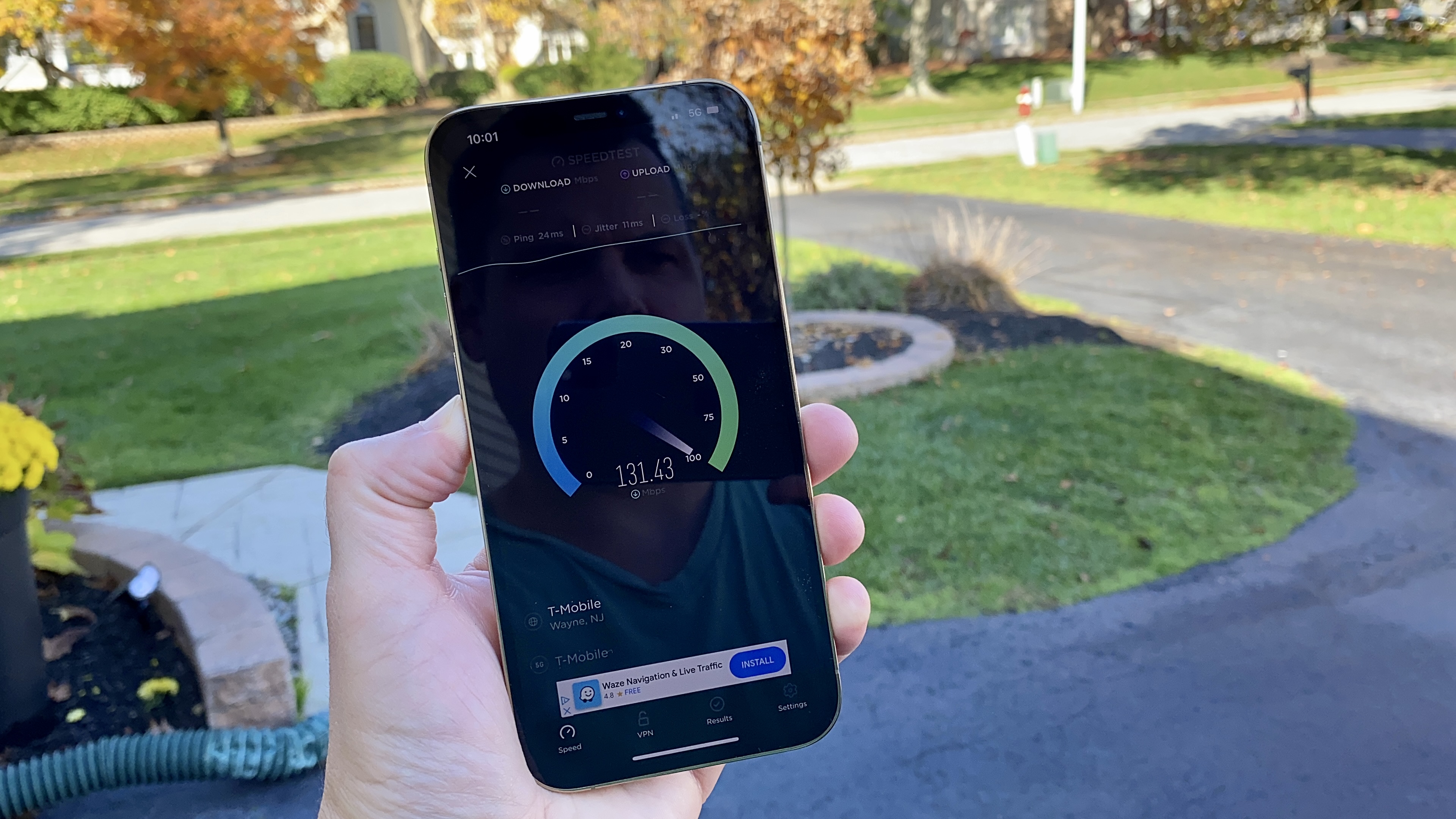
The iPhone 12 was heavily marketed on its 5G speed, so losing the race to Samsung's latest phone simply won't do. Fortunately for Apple, it will likely use the same X60 5G modem from Qualcomm that you'll find in the S21 series. With some of its own tweaks, it's well within Apple's grasp to take back the 5G speed crown, as well as benefit from the X60's greater power efficiency, meaning a longer battery life.
Longer battery life
Despite having much smaller batteries than the typical Android phone, iPhones still offer some of the best battery life on the market. However, with its mix of large battery capacity and a new efficient display design, the S21 Ultra managed to beat the iPhone 12 Pro Max on our Galaxy S21 battery life tests.
The Galaxy S21 also beat the regular iPhone 12 on battery life. However, Samsung's adaptive display mode does take a toll on endurance, so you'll see the best results on 60Hz mode.
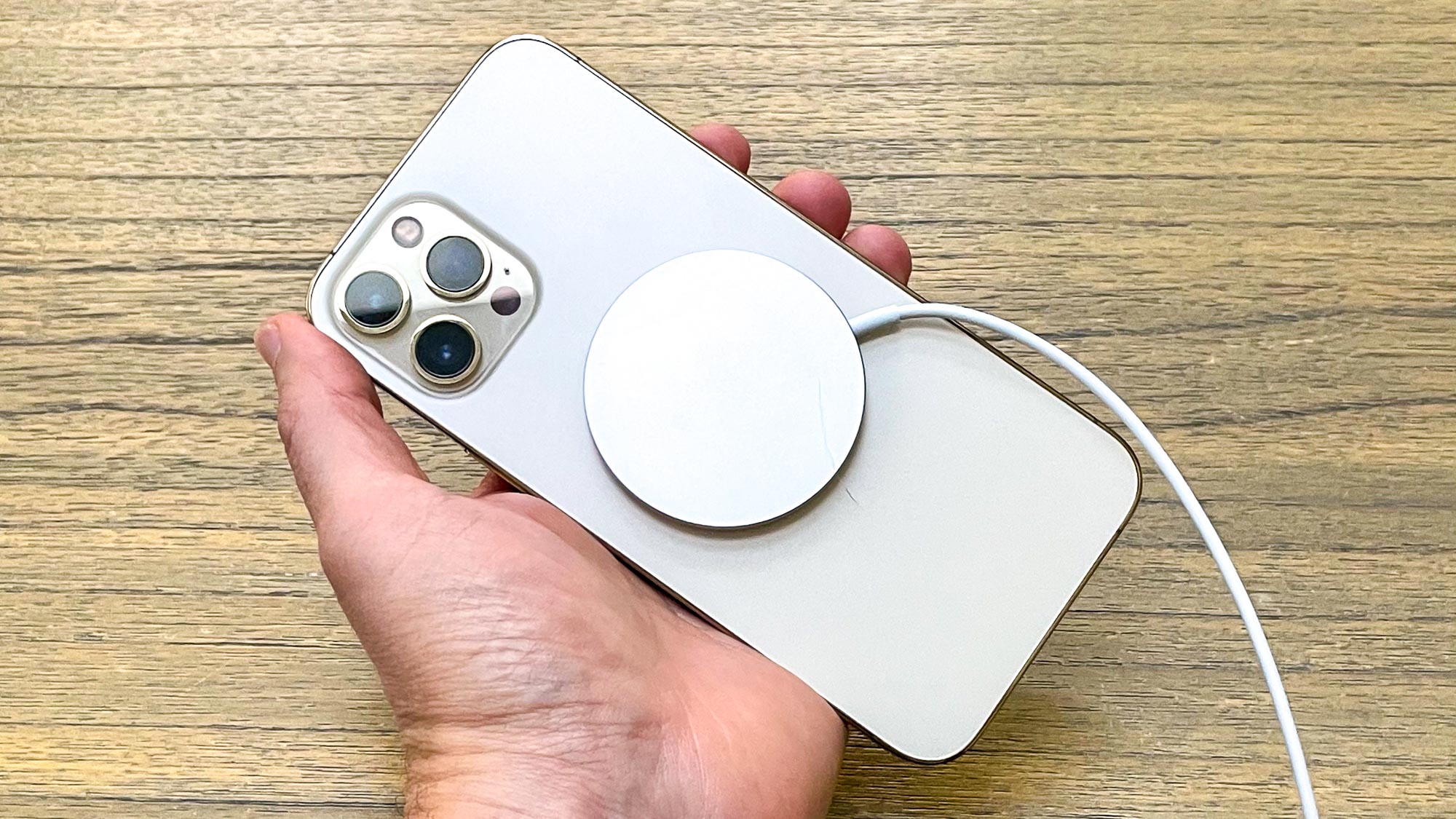
There are a couple of routes Apple could take to improve this. It could increase the size of the iPhone 13's battery. Equally, it could rely on more efficient components, such as the adaptive refresh rate on the rumored LTPO display and/or the reduced power consumption of a new 5G modem.

Richard is based in London, covering news, reviews and how-tos for phones, tablets, gaming, and whatever else people need advice on. Following on from his MA in Magazine Journalism at the University of Sheffield, he's also written for WIRED U.K., The Register and Creative Bloq. When not at work, he's likely thinking about how to brew the perfect cup of specialty coffee.
